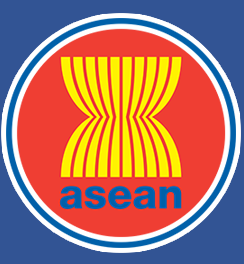ASEAN Journal on Science and Technology for Development
Abstract
The biogeochemical cycle of trace metals is very likely affected by the global change in the ocean, especially due to the increasing of sea surface temperature and acidity. Thus, assessing biogeochemical cycle of trace metals will beneficial in elucidating the potential impact of climate change as well as ocean acidification. The assessment of the biogeochemical cycle of trace metals can be performed by measuring trace metals fluxes crossing the sediment–water interface. The main challenge in this measurement is the difficulty of measuring metal concentrations at trace levels due to either physical factors or biological factors that can affect the total flux. Sediment porewater profile and in situ benthic incubation are the two most commonly used methods for measuring trace metals fluxes from sediment to the overlying water or vice versa. The coefficient of diffusion and gradient of concentration are the two most important values in the sediment porewater profile method, while the constant volume involved in the container during the experiment is an important part of the in situ benthic incubation method. The purpose of this review is to provide an overview of both measurement methods deeply and predict the challenges faced in its implementation in Indonesia.
Publication Date
12-25-2020
Recommended Citation
Harmesa and Johan, Wahyudi
(2020)
"Two Approaches to Measure Trace Metals Fluxes at the Sediment–Water Interface: Sediment Porewater Profile and Benthic Incubation,"
ASEAN Journal on Science and Technology for Development: Vol. 37:
No.
3, Article 1.
DOI: https://doi.org/10.29037/ajstd.617
Available at:
https://ajstd.ubd.edu.bn/journal/vol37/iss3/1

